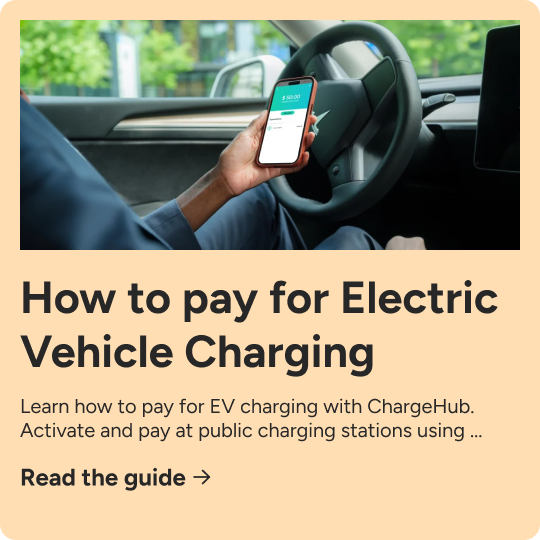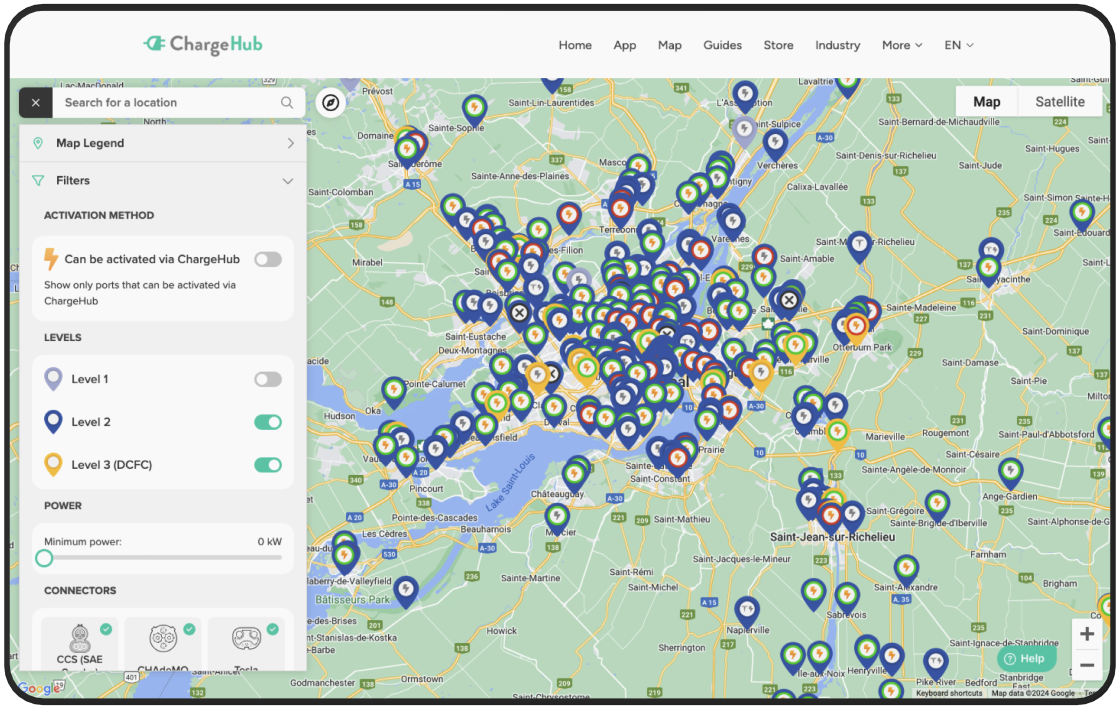-
EV Business Solutions
-
EV Drivers
-
Our Company
-
Resources
A Beginner’s Guide to Electric Cars: How to choose the right home charging station?
Congratulations on deciding to buy an electric car! Now comes the exciting part specific to EV ownership: choosing the right home charging station. While it may seem complex, this guide will break it down for you step by step.
Understanding Home Charging Basics
Charging your EV at home is simpler than it sounds. Here's how it works: you arrive home, press the car’s charging port release button, step out, grab the cable from your home charging station, and plug it into the charging port. That's it! Your car will quietly recharge while you enjoy your evening.
If you've already read our guide, A Beginner’s Guide to Electric Cars: How to Charge at Home, you're aware of the benefits of installing a level 2 charging station. But with so many models and features available, how do you choose the right one? Let’s explore the key considerations to help you make the best decision.
Compatibility: Will it Work with Your EV?
The good news: in North America, all EVs use the same plug for level 2 charging, except Tesla vehicles, which include an adapter. Whether you drive an Audi, Chevrolet, Hyundai, Kia, Nissan, or Volvo, the SAE J1772 plug is the standard. This ensures that any level 2 charging station you purchase will be compatible with your vehicle.
Choosing the Best Location for Your Charging Station
1) Where Do You Park?
Consider where you usually park. If you park outdoors, you'll need a weather-resistant charging station. Some models are built to withstand extreme temperatures, from icy winters to scorching heat. Look for weatherproof ratings in the product specifications.
2) Where Will You Install the Station?
The cable length matters. Charging stations vary in cable length from 12 to 25 feet. Measure the distance from your parking spot to the charging station location to ensure the cable can comfortably reach your vehicle’s charging port. We recommend a cable length of at least 18 feet for flexibility.
3) Charging Multiple EVs?
If you have more than one EV, you have two options:
- Dual Charging Stations: Charge two vehicles simultaneously with a single unit.
- Two Smart Charging Stations: Install two units on a single circuit and link them for shared power management. Though flexible, this setup can be pricier.
Matching Your Charging Station to Your Lifestyle
1) Portable vs. Hardwired Charging Stations
- Hardwired Stations:
Permanently installed and wired into your electrical panel. Ideal for stationary EV drivers seeking a clean setup. - Portable Stations:
Plug into a 240-volt outlet, allowing you to take the unit when you move. Ensure the outlet type (NEMA 14-50P or NEMA 6-50P) matches the station's plug.
2) Charging Speed Considerations
While all level 2 charging stations can fully charge an EV overnight, charging speed depends on:
- Battery Size: Larger batteries take longer to charge.
- Power Output: Stations range from 3.3 kW to 9.6 kW.
- Onboard Charger Capacity: If your EV's onboard charger maxes out at 7.2 kW, a 9.6 kW station won’t charge it faster.
- Environmental Factors: Extreme temperatures can slow charging times.
A general formula for charging time is: Battery size (kWh) ÷ Charging power (kW) = Charging time in hours.
3) Exploring Smart Charging Features
Smart chargers offer additional features, such as:
- Remote control via smartphone apps
- Scheduling charging sessions
- Energy monitoring
- Access control for security
However, many EVs already have smart features built into their own apps, so verify what your vehicle offers before paying extra for a smart charging station.
Additional Features to Consider
- Cable Management: Look for a unit with a cable holster or hook to keep things tidy and prevent wear.
- Locking Mechanism: If installed outdoors, a locking mechanism prevents theft and unauthorized use.
- Size and Appearance: Choose a design that fits your space but prioritize functionality over aesthetics.
Ready to Find the Perfect Charging Station?
By considering these factors—location, lifestyle, speed, smart features, and design—you can confidently choose the ideal home charging station for your EV. Explore the level 2 charging stations in our online store today and find the perfect match.
Once you're set up, download the ChargeHub app to plan your road trips and make the most of your EV experience!
*Some illustrations in this guide contain designs created by pch.vector from freepik.com.








.jpg?width=843&height=560&name=Charger-Comparison%20(1).jpg)



